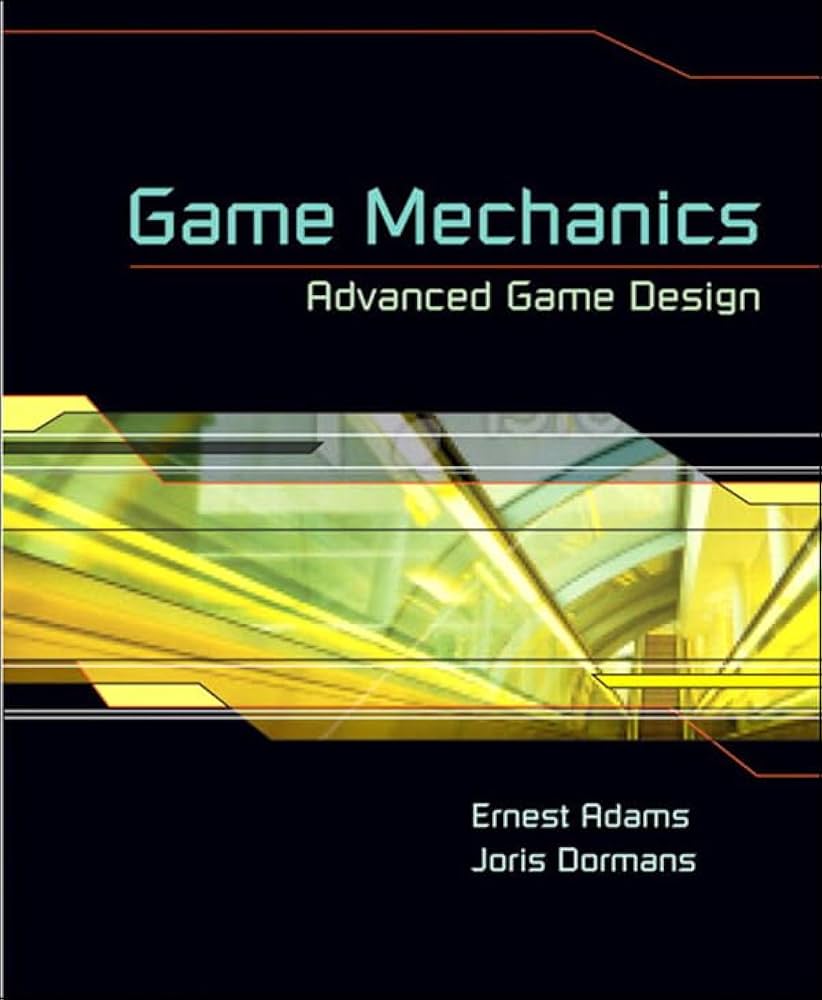I just finished reading Game Mechanics: Advanced Game Design.
Overall, its focus is squarely on modeling game economies, rather than other types of mechanics, which do not apply as easily to the kinds of games that interest me. However there are a few tasteful tidbits in there that are well worth mentioning:
The categorizations of game mechanics (physics, internal economy, progression, tactical, social) are a useful way to make sure to consider other possible mechanics to introduce into the game. The discussion of emergence vs. progression in games, and how the two can be mixed, is also an interesting perspective.
The heart of the book presents a way of modeling game economies with a model called Machinations, which you can find online. For small examples, the approach provides a way to visualize and to simulate feedback mechanisms in game economies. Economies are a natural way to understand some types of games, like Monopoly and war strategy, but other games need to be twisted a bit to fit into this framework. Nevertheless, recognizingpositive and negative feedback loops is a key tool for any time of game design, and one that the book explains in good detail. The book also provides a few “design patterns” based on this framework, which are recognizable from examples.
The book has an extensive discussion on different types of key-and-lock mechanisms, and describes how one of the most important jobs of the level designer is cleverly disguising keys and locks as other things, such as new weapons, new spaces, etc.
The last chapter was a real treat, as it discusses how simulations differ from games, and how serious games differ from entertainment games. They also discuss how game mechanics can be given meaning, and how conflicting layers of meaning can provide depth to otherwise trivial games. The discussion is rooted in semiotics, which I didn’t know about before and was happy to learn.
